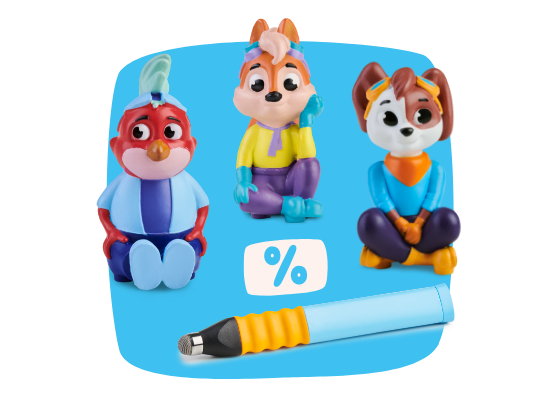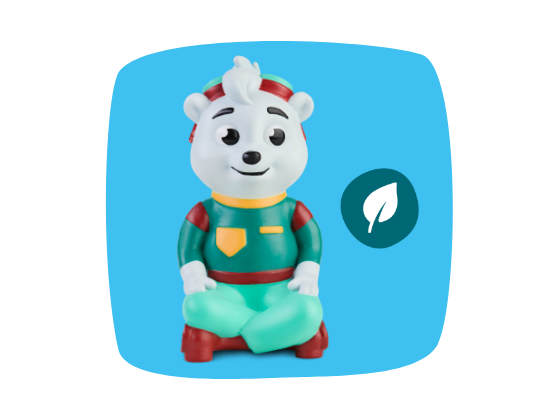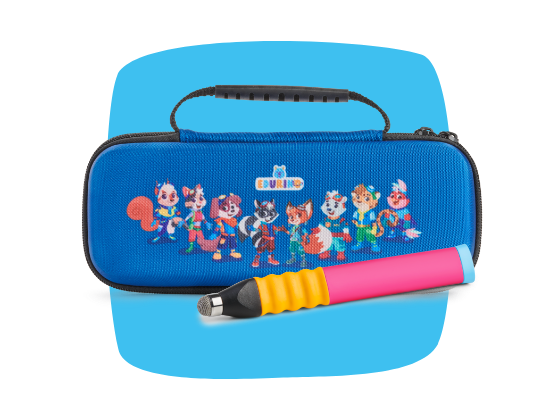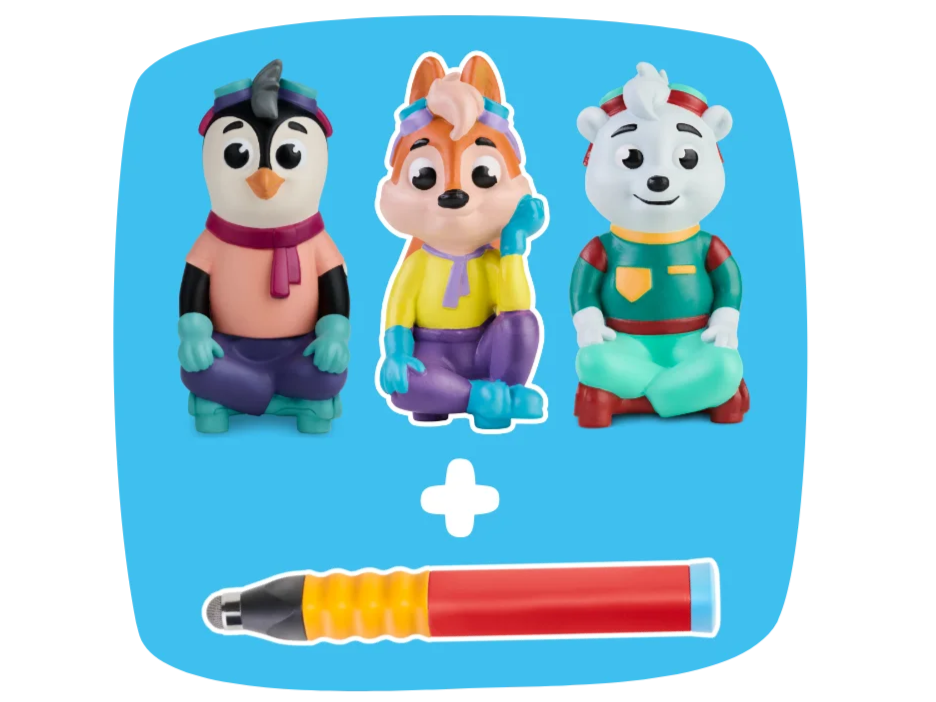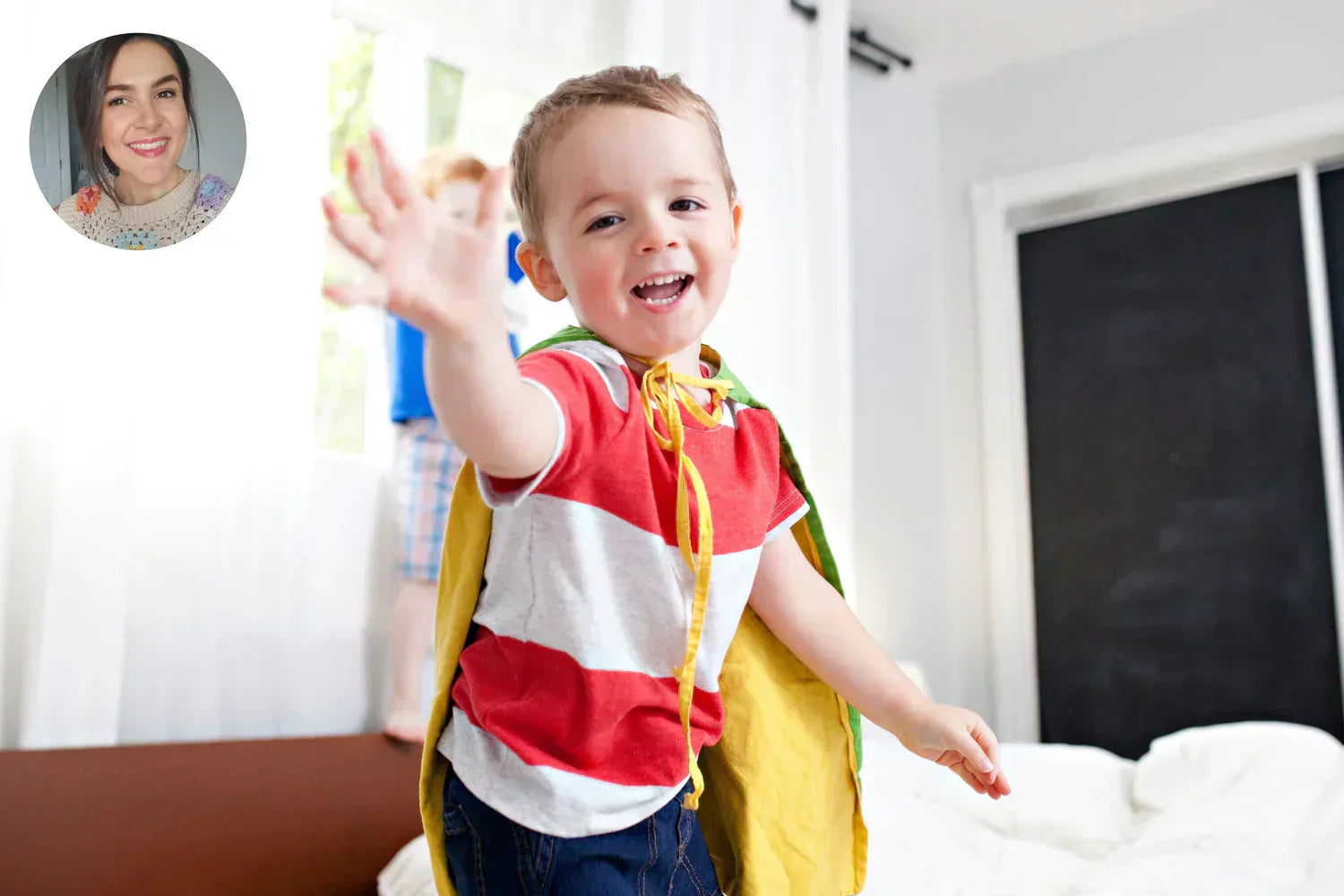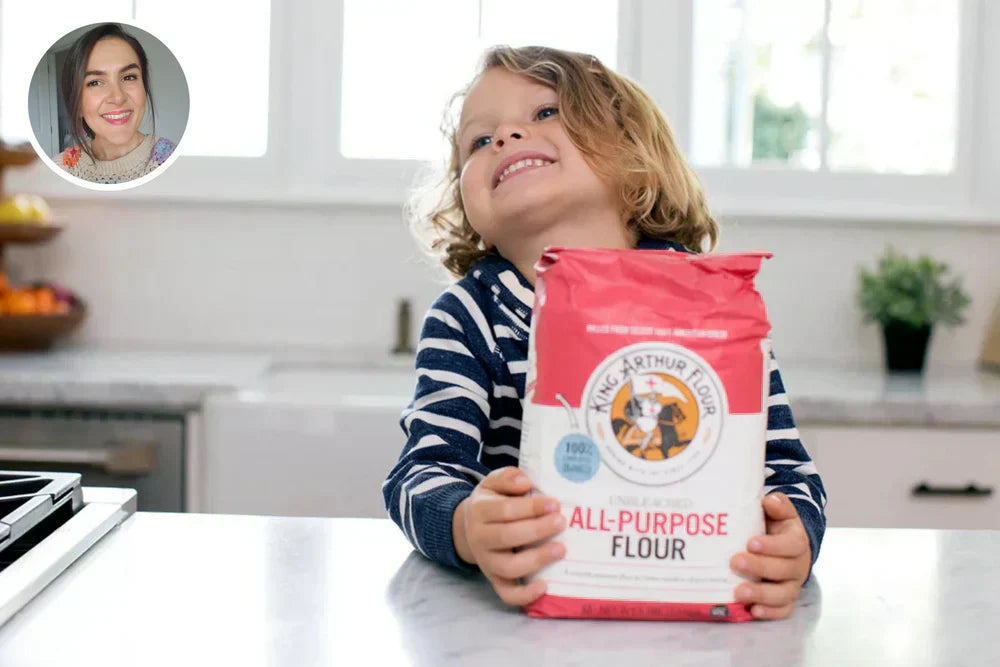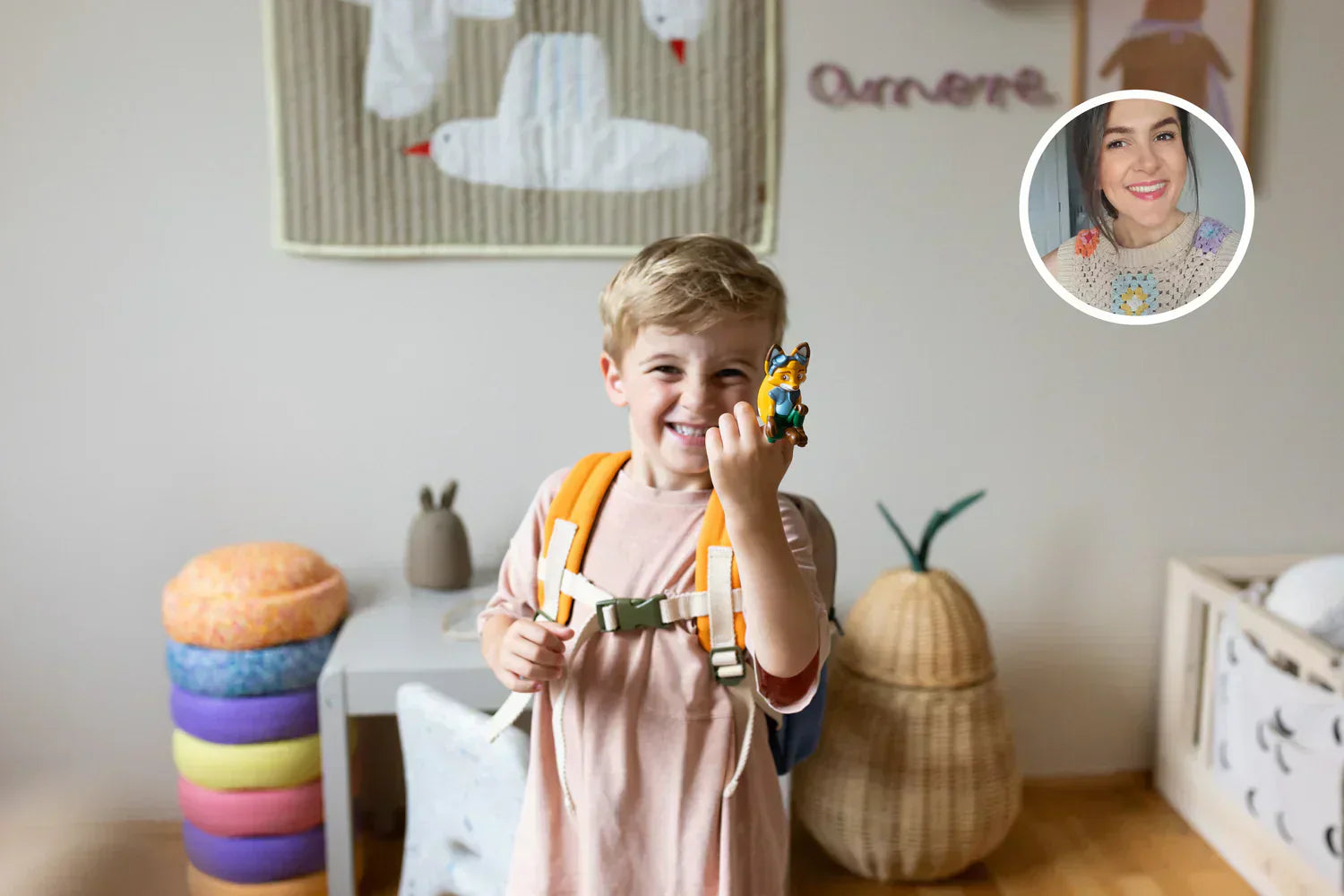Dear Brigid,
My little boy is starting school this year, and I'm not sure where to begin teaching him some basics, like writing letters and numbers. I'm worried that this will cause him to fall behind his peers when he starts school in September.
He has no interest in drawing with me or writing letters on paper. I bought him small erasable notebooks to write in, but he's not interested in those either. When I looked around online, I was overwhelmed by the variety of materials and ideas. What would you recommend? Maybe others have the same problem 🤷
Ms. W
Hello Ms. W.,
I have taught hundreds of four-year-olds over the past ten years and have met many children (and many boys) who have little interest in sitting still and drawing or writing letters and numbers.
This is completely normal, and you're not alone . Many parents find it difficult to get their children excited about letters, numbers, and writing.
First things first: Children don't need to know how to write, count, or letters and sounds before starting school . That's what school is for! However, as you mentioned, teaching them the basics in the months leading up to school can be helpful so they feel confident and ready for school in September.
A quick Google search on this topic yields thousands of hits, including some elaborate, Instagram-worthy suggestions that are NOT suitable for the lives of busy parents on a budget.
Here are some easy and fun ways to help your energetic child get a head start on “school readiness” skills, from writing to counting ( without the tantrums ):
- Sensory experience, also known as “making a mess under adult supervision”
- Shaving cream on the shower door – Show them how to paint letters and numbers, or simply draw swirls. Bonus: This also provides bathtime entertainment!
- Sidewalk chalk – outdoor learning = instant fun. Plus, painting the yard is a cool and rebellious activity 😎 (...even if it's just chalk!). Experimenting with markers and holding writing utensils (they don't have to be pencils) helps children develop their fine motor skills: They build the dexterity and strength to use a pen to write when the time comes.
Top tip : Start with letters that have meaning – for example, the first letter of your name or the name of a sibling.
- Tablet time can be an excellent learning tool 🔧
Many parents have concerns about screen time, which is entirely understandable. But when used consciously, technology can be a helpful tool rather than a mindless distraction. Instead of passive scrolling , structured, short sessions (around 20 minutes per day) with high-quality educational apps can foster important learning skills in an engaging way.
The key is choosing the right apps. Look for apps developed by educators, with clear learning objectives and interactive elements that encourage problem-solving skills, language development, and creativity. EDURINO combines digital play with real-life learning, making difficult concepts like counting, letter formation, and phonics fun.
How can parents determine whether a learning app is of good quality?
Source of the resource: Who created it? What learning objectives does it cover?
EDURINO's learning worlds were developed by British teachers to help children develop skills that will enable them to achieve the objectives of the British curriculum.
Does the app promote language development?
Research by the University of Cambridge has shown that EDURINO’s educational games
- have a 71% higher word frequency than other leading UK apps 🚀
- Offer 47% more vocabulary 💡
- Use 118% more complex language for advanced learning 📚
Apps like EDURINO combine digital and practical learning, making difficult skills (counting, writing, phonics) more attractive to children who resist traditional learning.
3. Bootcamp for fine motor skills
Strong hands = confident writers. Fine motor skills also help with everyday school tasks like zipping, using scissors, and tidying up .
Try these fun ways to exercise those little muscles with things you have at home:
Sensory experience: Playing with play dough, picking up small objects with tweezers.
Crafts and arts and crafts: coloring, cutting out shapes, coloring dot-to-dot pictures.
Building and constructing: Lego, stacking cups, building marshmallow towers.
Threading and stringing: threading beads, threading cards.
Games and puzzles: Jenga, Operation, matching games.
Learn more about EDURINO and how our educational app can support your child's learning and development, including:
- Learning to read and write
- Help with phonetics
- Improving mathematical understanding in the EYFS
- Help in understanding emotions
- Improving your child's handwriting
- Development of fine motor skills
Take our test and receive personalized learning recommendations for your child.
Brigid is a primary school teacher with over ten years of experience in state and private schools in the UK and the Middle East. She specializes in early childhood education and working with neurodiverse learners.

